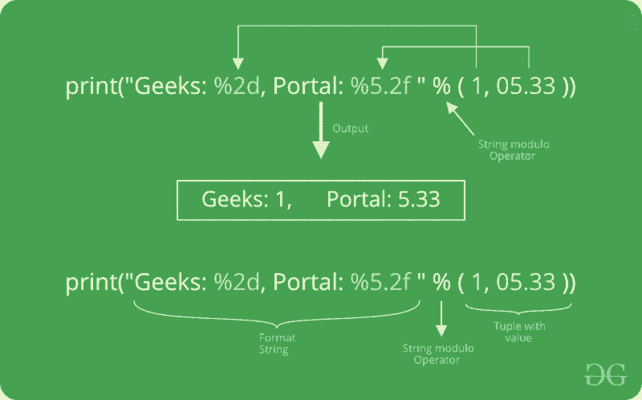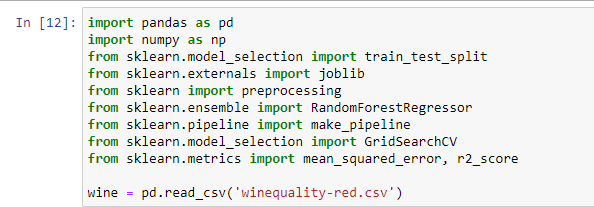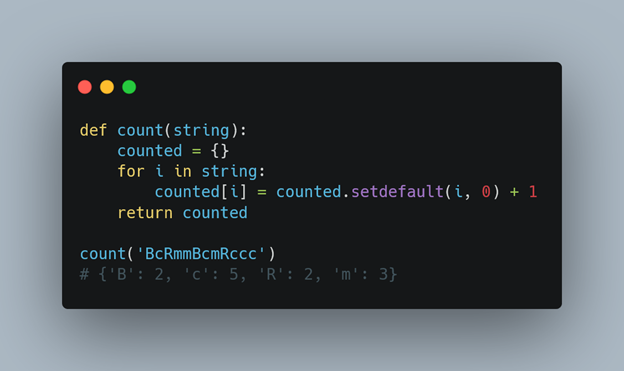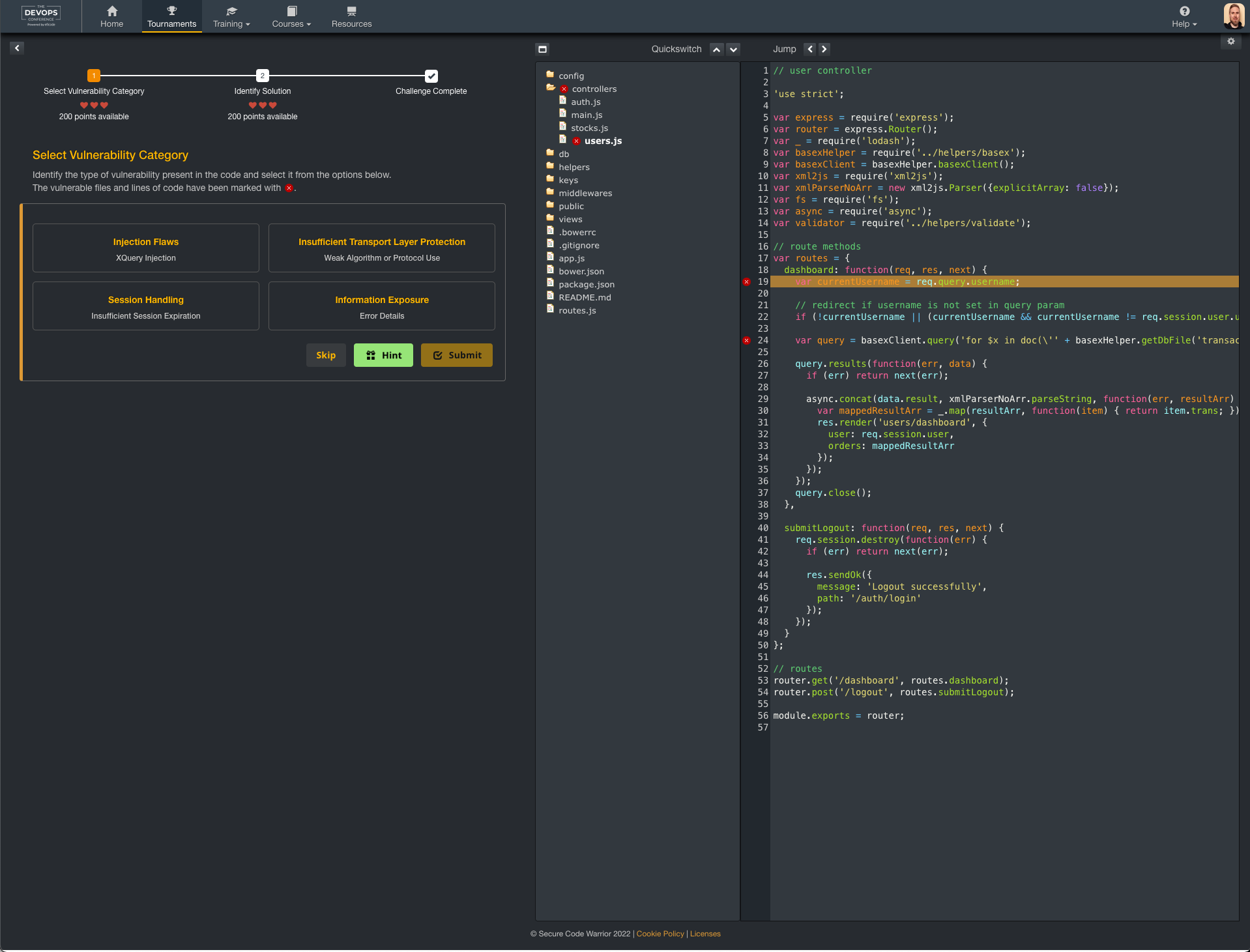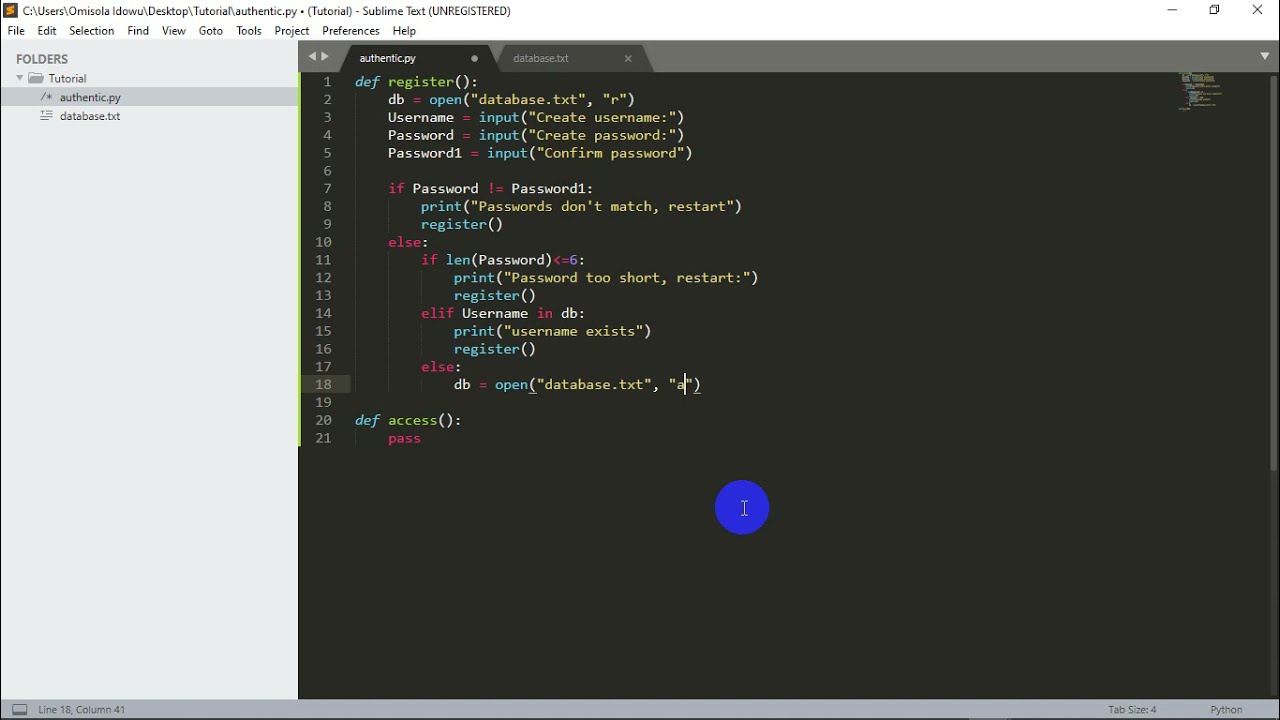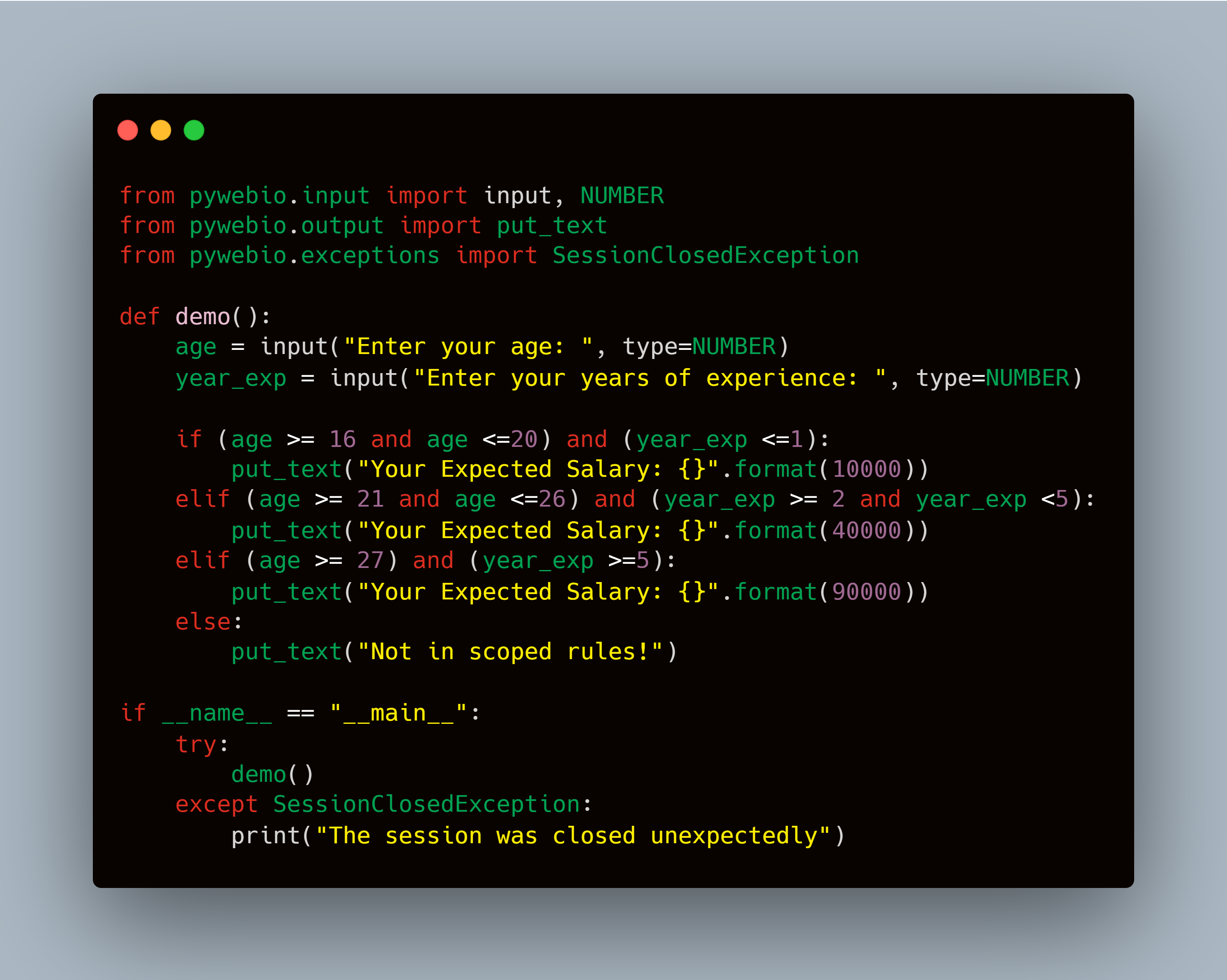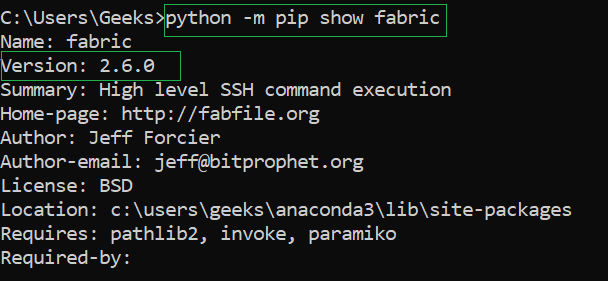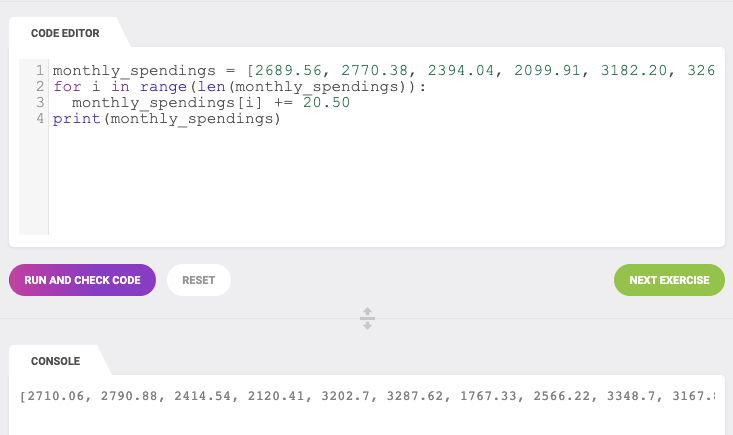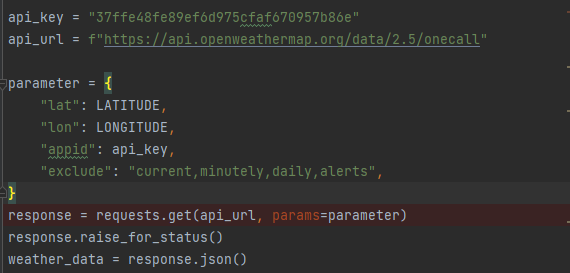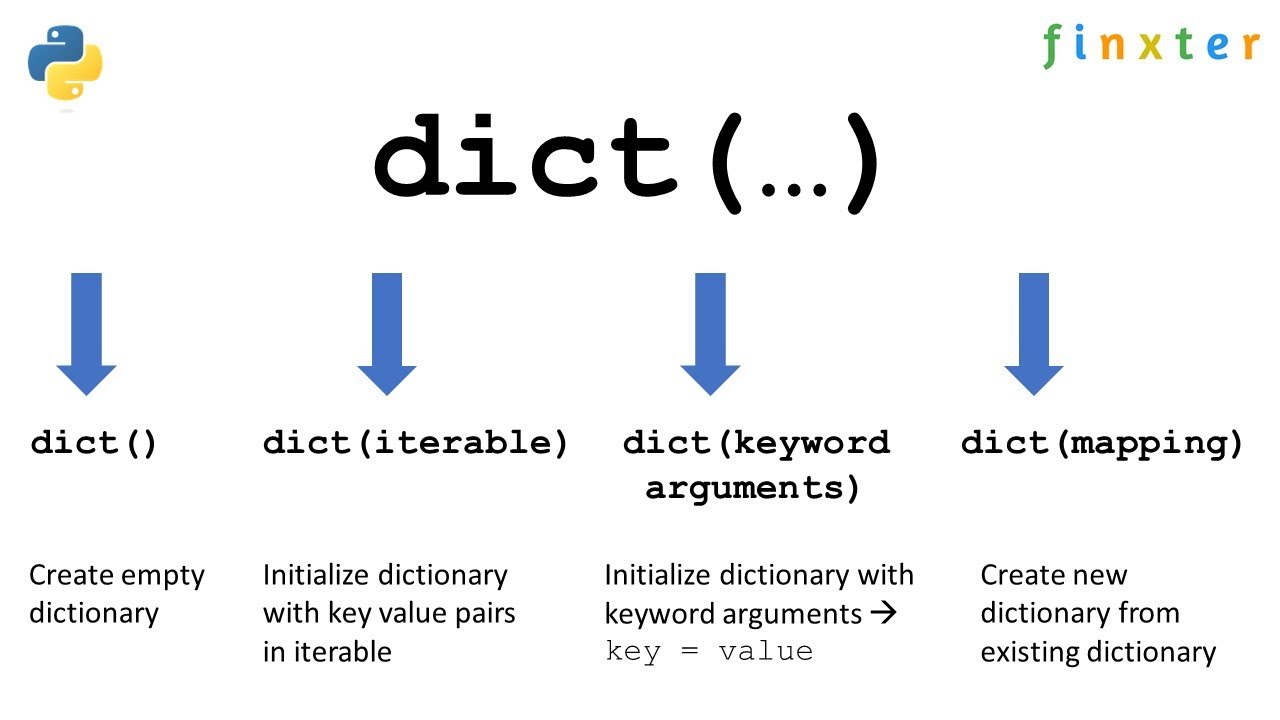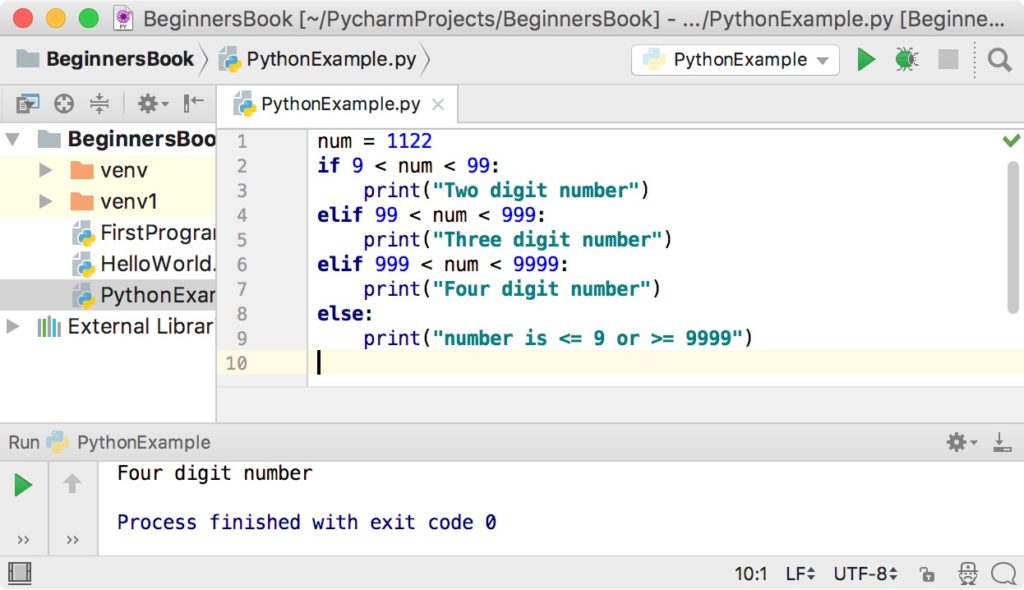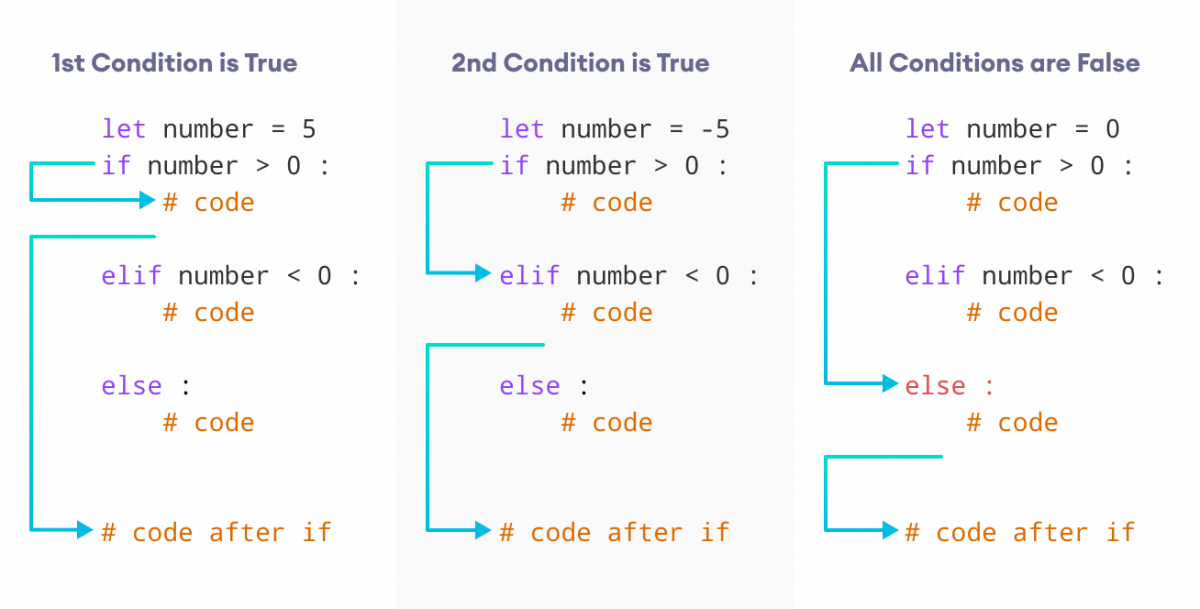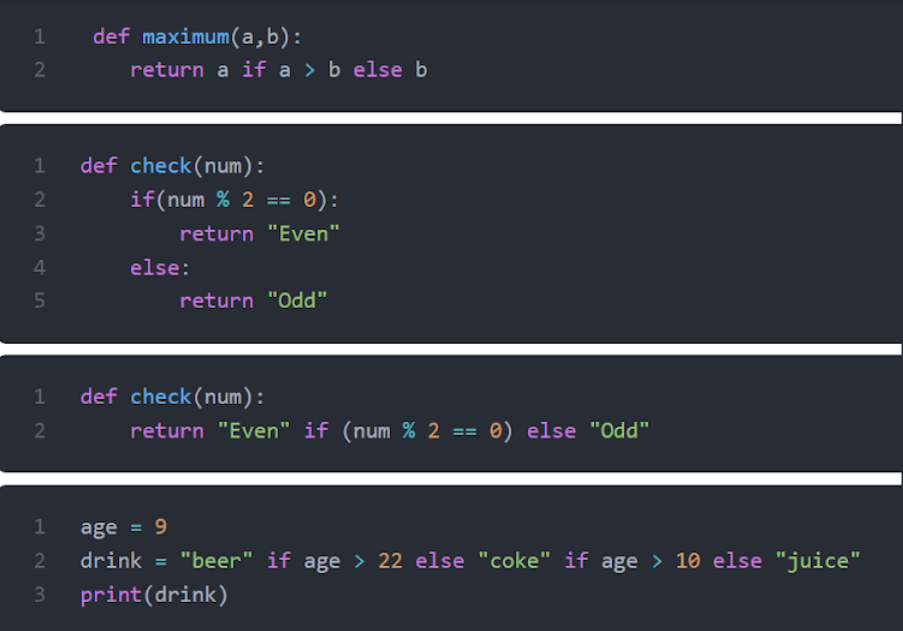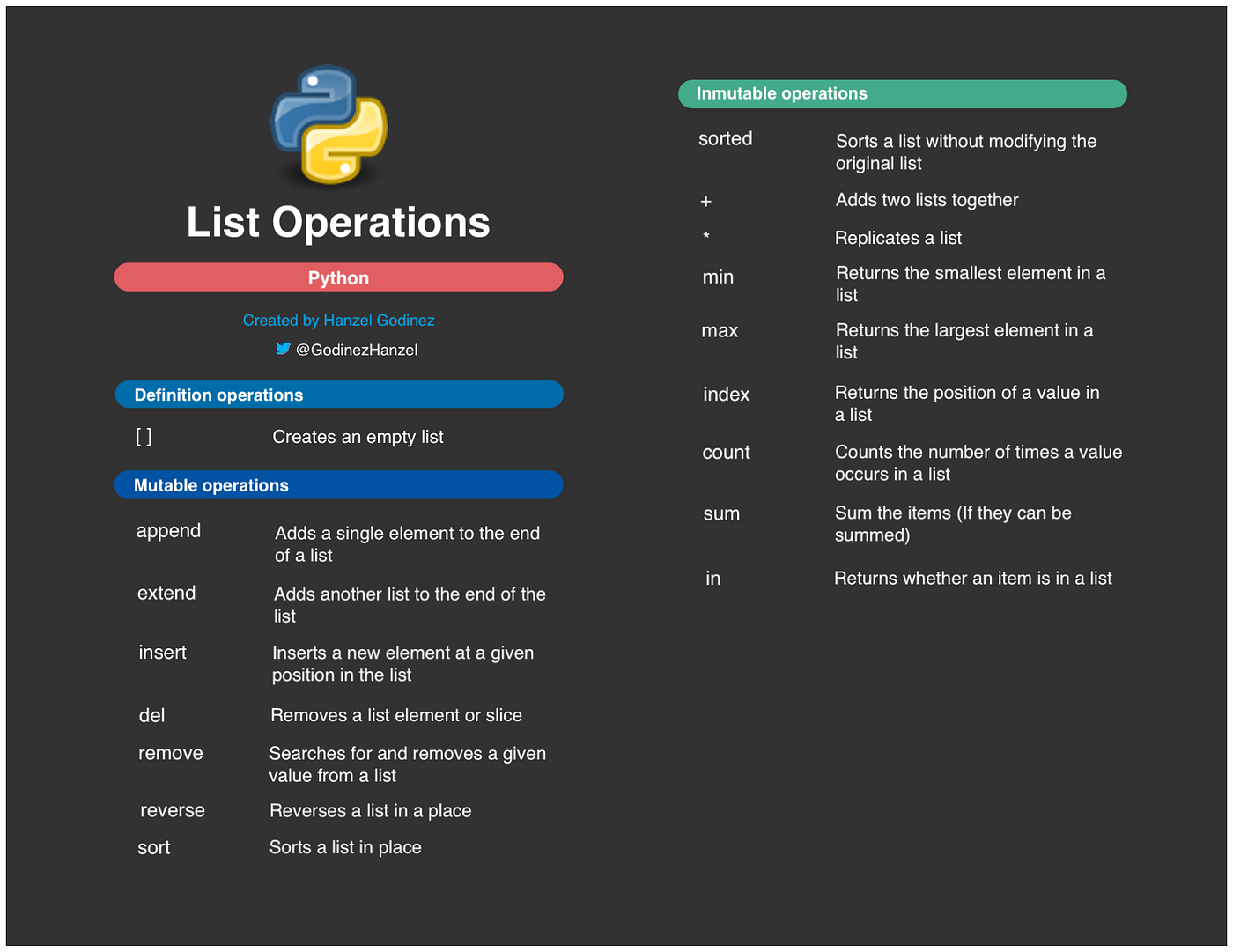Python replace character in string if exists
Python replace character in string if exists
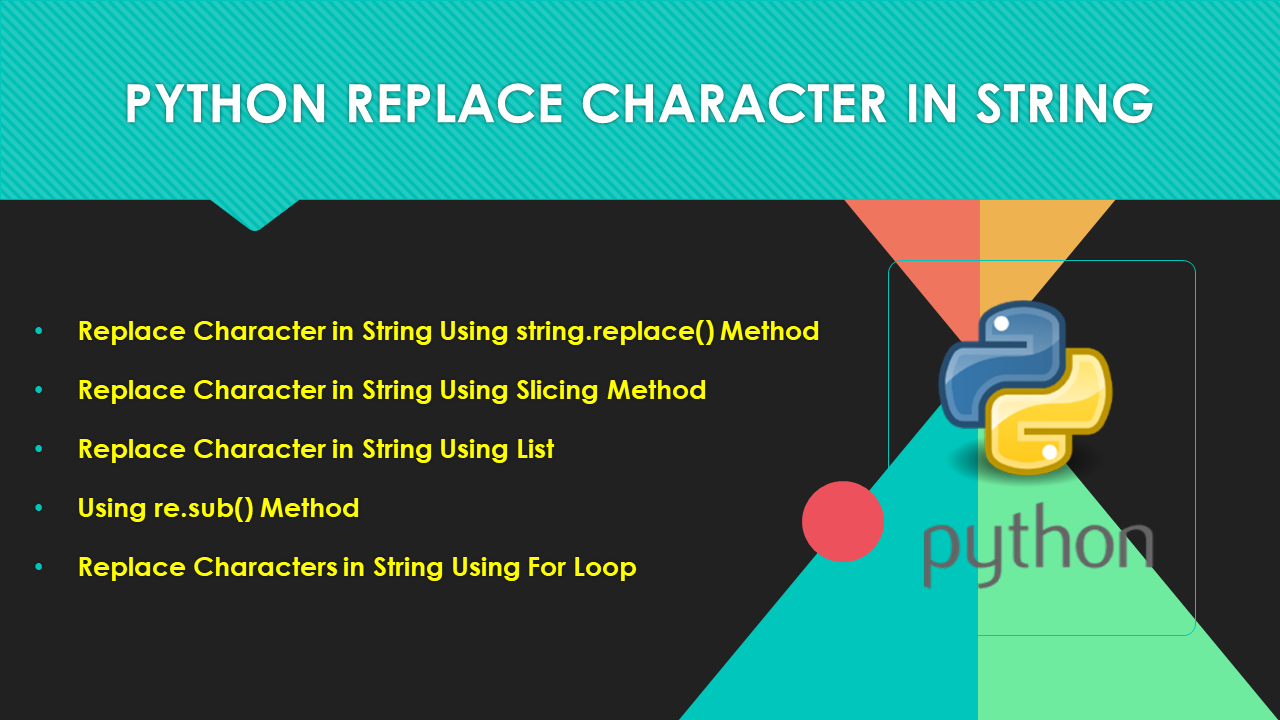
Here's a Python code snippet that demonstrates how to replace characters in a string:
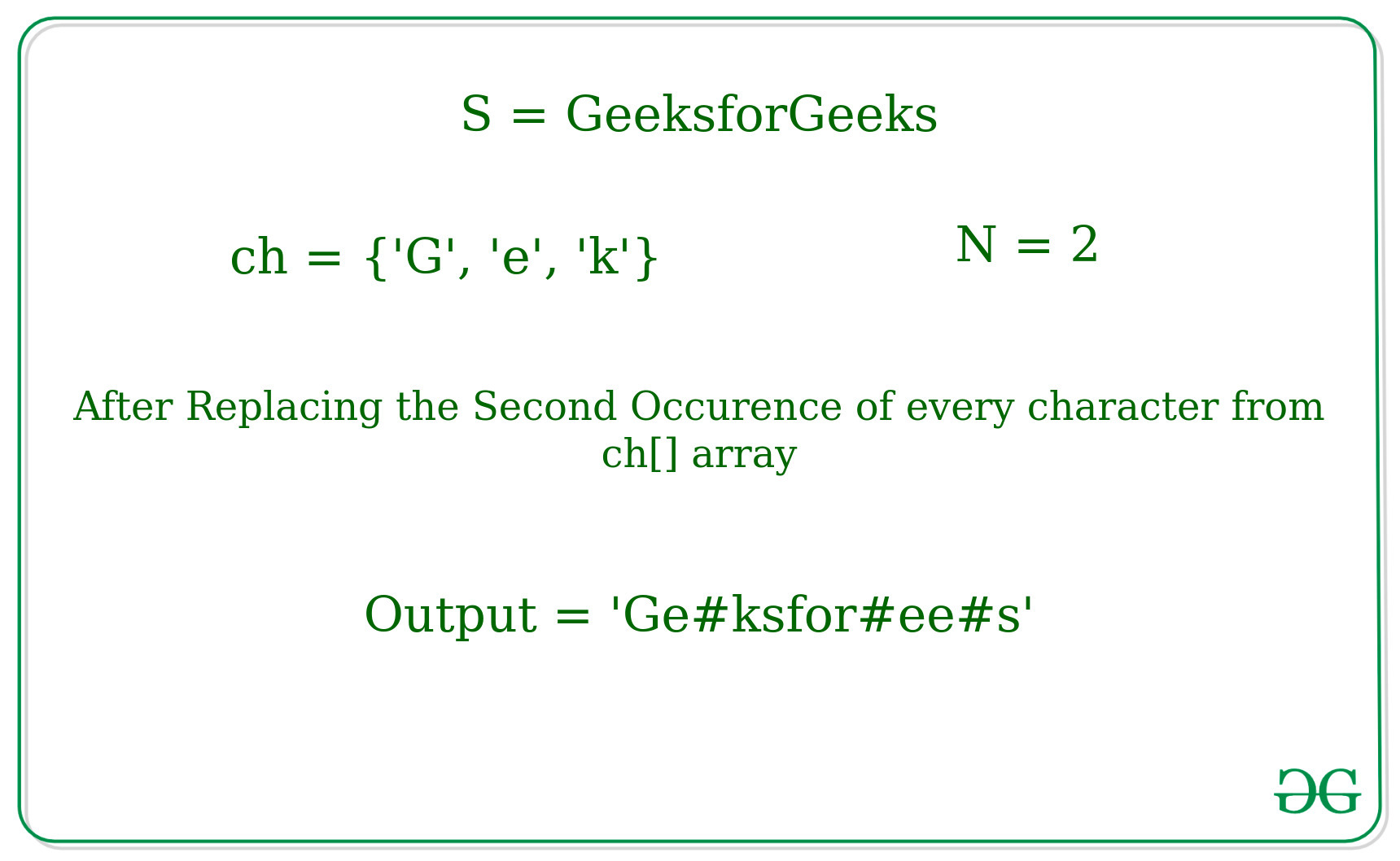
# Define the original string
original_string = "Hello, world! This is a test string."
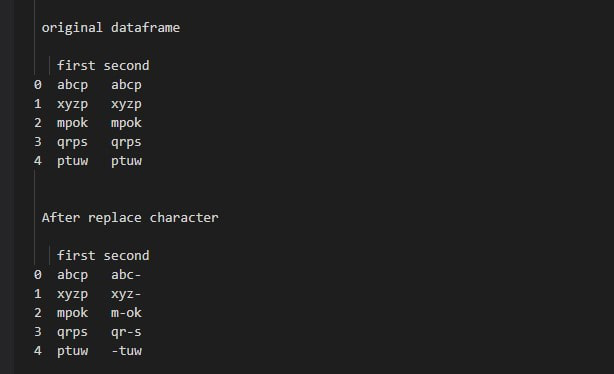
Define the character(s) to be replaced
char_to_replace = ","
Define the replacement string (empty string for removal)
replacement_string = ""
Replace all occurrences of char_to_replace with replacement_string
replaced_string = original_string.replace(char_to_replace, replacement_string)
print("Original String:")
print(original_string)
print()
print("Replaced String (remove commas):")
print(replaced_string)
replaced_string = original_string.replace(char_to_replace, "-") # Replace commas with hyphens
print("nReplaced String (replace commas with hyphens):")
print(replaced_string)
Another example: Replace "test" with "exam"
char_to_replace = "test"
replacement_string = "exam"
replaced_string = original_string.replace(char_to_replace, replacement_string)
print("nOriginal String:")
print(original_string)
print()
print("Replaced String (replace 'test' with 'exam'): ")
print(replaced_string)
In this code:
We define an original stringoriginal_string and the character(s) to be replaced (char_to_replace) along with the replacement string (replacement_string). The str.replace() method is used to replace all occurrences of char_to_replace in original_string with replacement_string. We demonstrate different scenarios: Removing commas from the original string by setting replacement_string to an empty string (" "). Replacing commas with hyphens ("-"). Replacing "test" with "exam".
When you run this code, it will output:
Original String:
Hello, world! This is a test string.
Replaced String (remove commas):
Hello world! This is a test string.
Replaced String (replace commas with hyphens):
Hello-world! This-is-a-test-string.
Original String:
Hello, world! This is a test string.
Replaced String (replace 'test' with 'exam'):
Hello, world! This is an exam
This example highlights how Python's str.replace() method can help you modify strings by replacing specific characters or substrings.
python string replace

Here's a comprehensive explanation of Python's string replacement methods:
Python provides several ways to replace substrings within strings. Here are some common methods:
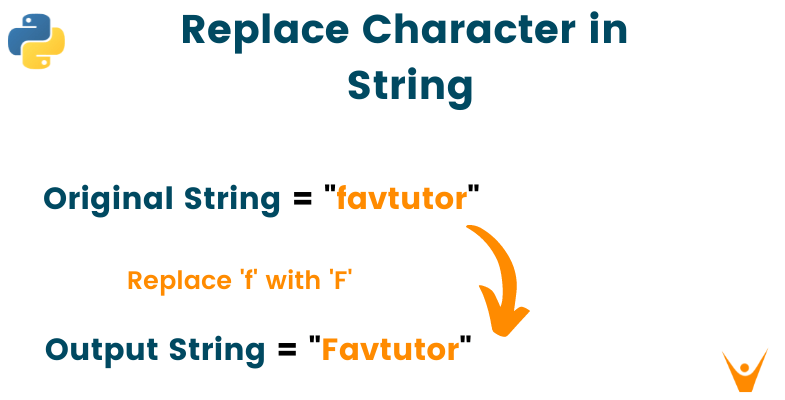
The replace() method replaces all occurrences of a specified substring with another substring.
Example:
original_string = "Hello, World!"
new_string = original_string.replace("World", "Python")
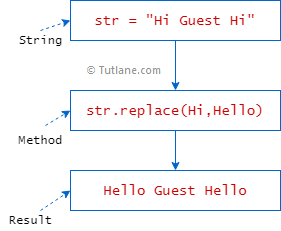
print(new_string) # Output: Hello, Python!
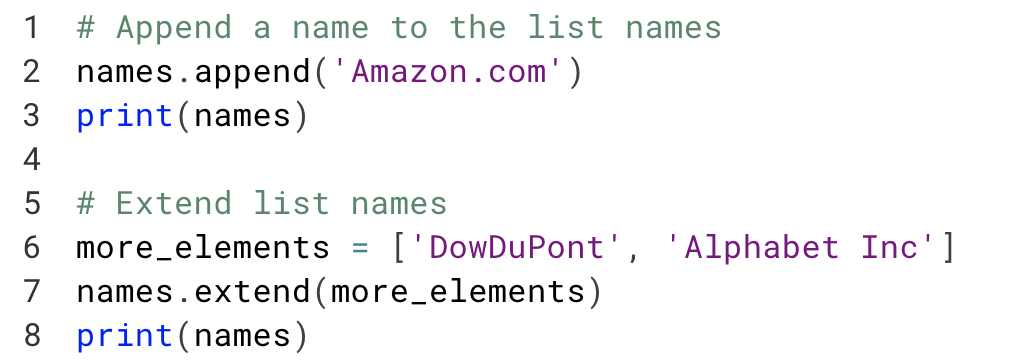
The translate() method is a more powerful version of the replace() method. It allows you to replace multiple substrings at once by providing a translation table.
Example:

original_string = "Hello, World! Goodbye, Universe!"
translation_table = str.maketrans({"World": "Python", "Universe": "Earth"})
new_string = original_string.translate(translation_table)
print(new_string) # Output: Hello, Python! Goodbye, Earth!
The format() method allows you to insert values into a string template using placeholders (e.g., {}).
Example:
name = "John"
age = 30
original_string = "My name is {} and I'm {} years old."
new_string = original_string.format(name, age)
print(new_string) # Output: My name is John and I'm 30 years old.
F-strings are a new way of formatting strings in Python. They allow you to insert values using parentheses and variables.
Example:
name = "John"
age = 30
original_string = f"My name is {name} and I'm {age} years old."
print(original_string) # Output: My name is John and I'm 30 years old.
If you need to perform more complex replacements or pattern matching, you can use Python's re module and regular expressions.
Example:
import re
original_string = "Hello, World! FooBar."
pattern = r"World|FooBar"
replacement = "Python"
new_string = re.sub(pattern, replacement, original_string)
print(new_string) # Output: Hello, Python!
In summary, Python provides several ways to replace substrings within strings. The choice of method depends on the complexity and specificity of your replacement task.
When to use each method:
replace(): Simple substring replacements. str.translate(): Complex multiple substitutions or character-level replacements. format(): Inserting values into string templates using placeholders. f-strings: A new way of formatting strings in Python (Python 3.6+). regular expressions: Advanced pattern matching and replacement tasks.Additional tips:
Always test your code with different input data to ensure the replacement works correctly. Be mindful of edge cases, such as handling null or missing values. If you're performing complex replacements, consider using regular expressions for better readability and maintainability.Happy coding!

